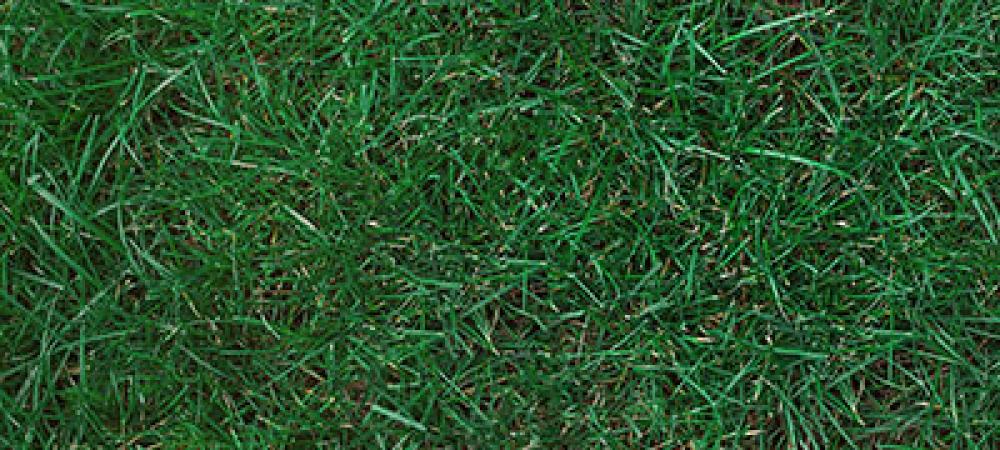The Best Grass Types for Colorado: Pros, Cons, and Rankings

Table of Contents
- Kentucky Bluegrass
- Tall Fescue
- Perennial Ryegrass
- Buffalograss
- Fine Fescue
- Little Bluestem
- Best for Overseeding
- Which Grows Best
- Final Rankings
Colorado’s diverse climate presents unique challenges for homeowners looking to maintain a beautiful, green lawn. Factors like drought tolerance, cold resistance, and soil adaptability play a crucial role in selecting the right grass type. In this guide, we’ll break down the benefits and drawbacks of the top grass types for Colorado and rank them based on overall performance.
Kentucky Bluegrass
Pros:
- Lush, dark green appearance
- Self-repairing and spreads through rhizomes
- Handles foot traffic well
Cons:
- Requires frequent watering and fertilization
- Struggles in extreme heat or drought without irrigation
- Slower germination time (2-4 weeks)
Best for: Aesthetic appeal and high-traffic areas
Tall Fescue
Pros:
- Deep root system provides excellent drought resistance
- Tolerates a variety of soil conditions
- Requires less water than Kentucky Bluegrass
Cons:
- Does not self-repair well due to its bunch-type growth
- Can develop a coarse texture compared to other grasses
Best for: Low-maintenance lawns and drought-prone areas
Perennial Ryegrass
Pros:
- Quick germination (5-10 days)
- Provides a rich, green lawn year-round
- Ideal for overseeding and repairing patchy areas
Cons:
- Shallow root system makes it less drought-tolerant
- Does not spread naturally (requires reseeding for maintenance)
Best for: Overseeding and quick lawn establishment
Buffalograss
Pros:
- Extremely drought-tolerant and thrives with minimal water
- Low maintenance and requires less mowing
- Native to Colorado, making it well-suited to local conditions
Cons:
- Slow establishment time (can take a full season to mature)
- Not ideal for high-traffic areas
- Turns brown during winter dormancy
Best for: Water conservation and eco-friendly lawns
Fine Fescue
Pros:
- Shade-tolerant and grows well in cooler areas
- Requires less water than Kentucky Bluegrass
- Soft, fine texture for a lush appearance
Cons:
- Less resistant to heavy foot traffic
- Prefers well-drained soils and struggles in clay-heavy areas
Best for: Shady lawns and low-maintenance landscapes
Little Bluestem
Pros:
- Drought-resistant and thrives in poor soils
- Provides seasonal color changes with reddish hues in fall
- Supports local wildlife and pollinators
Cons:
- Not a traditional turfgrass; more ornamental
- Does not handle foot traffic well
Best for: Native and ornamental landscaping
Best Grass Types for Overseeding in Colorado
For overseeding purposes, Perennial Ryegrass is the best choice due to its fast germination and ability to fill in patchy spots quickly. Fine Fescue is another great option for shaded areas or mixed with other grasses for improved resilience.
Which Grass Grows the Best in Colorado?
Tall Fescue and Buffalograss are the top performers due to their drought tolerance and adaptability to Colorado’s varying climate. Kentucky Bluegrass, while popular, requires more maintenance but thrives when properly irrigated.
Final Ranking of Colorado Grass Types
- Tall Fescue (Best overall for durability and drought resistance)
- Buffalograss (Best for low water use and native lawns)
- Kentucky Bluegrass (Best for aesthetics and high-traffic areas)
- Perennial Ryegrass (Best for overseeding and quick establishment)
- Fine Fescue (Best for shaded areas)
- Little Bluestem (Best for native and ornamental landscapes)
Final Thoughts
Choosing the right grass for your Colorado lawn depends on your priorities—whether it’s water conservation, durability, or a picture-perfect lawn. With this guide, you can select the best grass type for your needs and create a lush, thriving landscape in the Centennial State.
Need help with lawn care in Colorado? Contact us today for expert advice and professional lawn care services!
